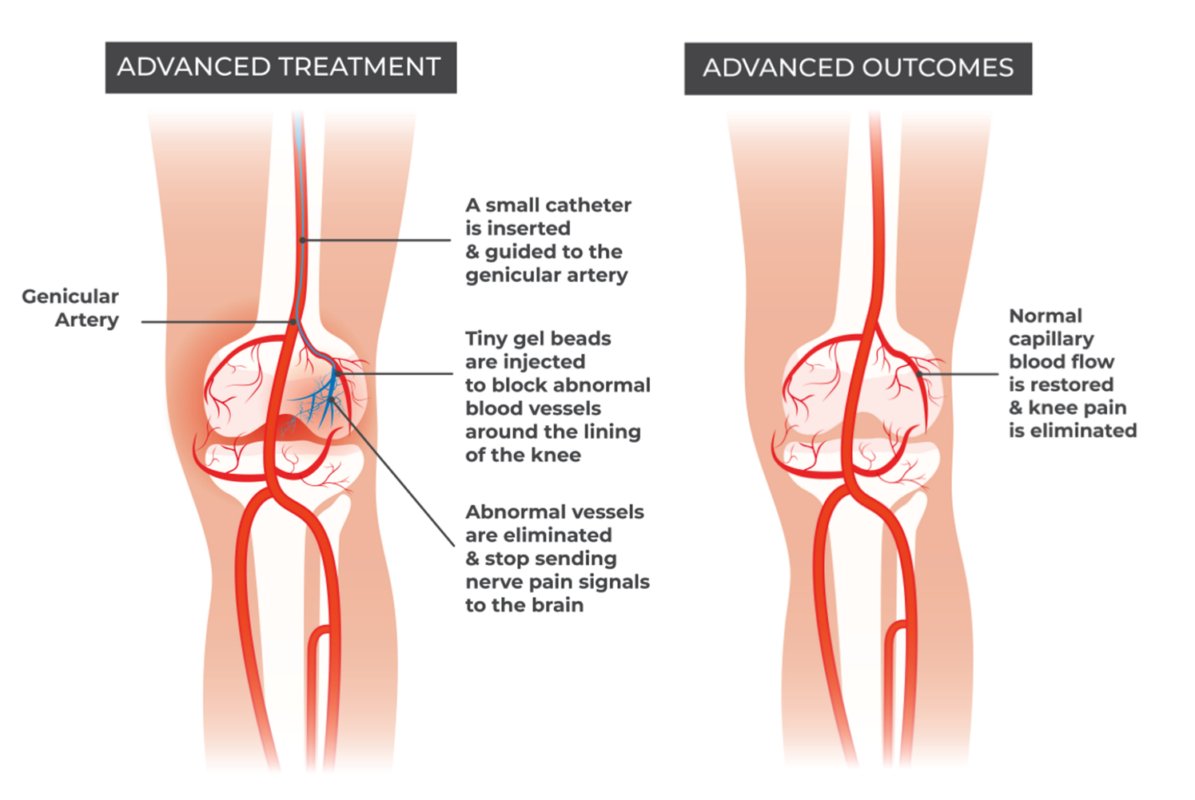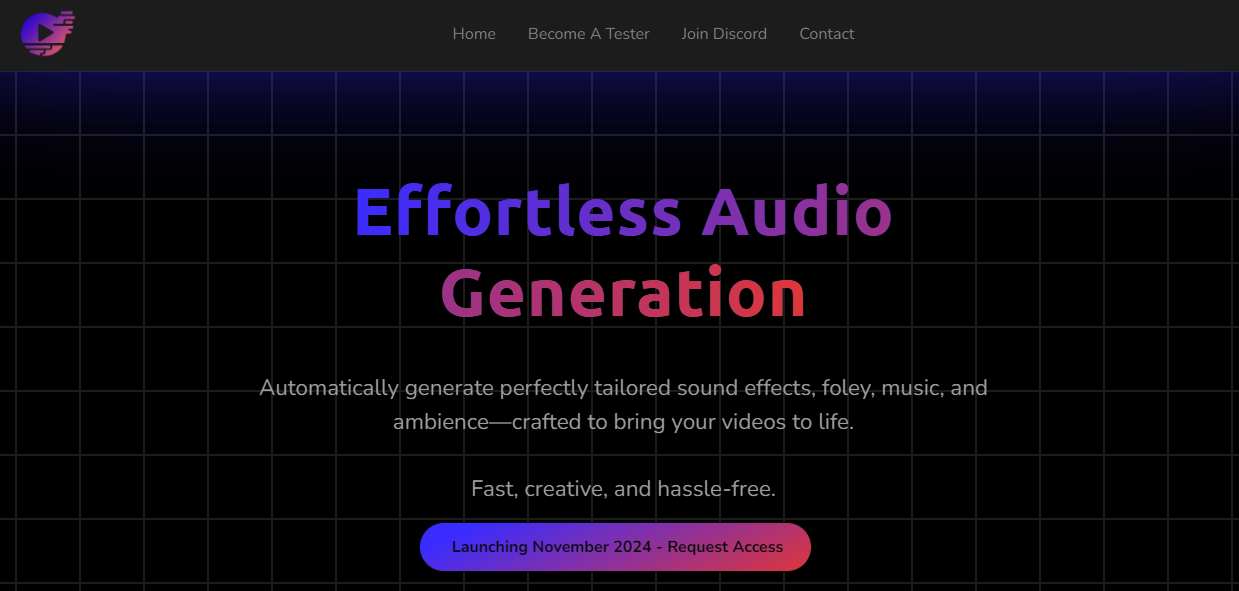Introduction to Genicular Artery Embolization (GAE)
Knee pain is a common issue that affects people of all ages, particularly those with osteoarthritis. Traditional treatments for knee pain, such as medications, physical therapy, and even surgery, can be effective, but many people are looking for less invasive solutions. One such advanced treatment option is Genicular Artery Embolization (GAE), a minimally invasive procedure that is growing in popularity for its ability to relieve knee pain without major surgery. In this comprehensive guide, Flowcare explores everything you need to know about GAE, including its benefits, procedure, and recovery process.
What is Genicular Artery Embolization?
Genicular Artery Embolization (GAE) is a minimally invasive procedure designed to treat chronic knee pain, particularly for individuals suffering from osteoarthritis. It works by reducing the blood flow to specific areas in the knee that are inflamed or damaged, thereby reducing pain. By targeting the genicular arteries, which supply blood to the knee joint, GAE effectively reduces inflammation and pain associated with arthritis.
Unlike more traditional knee surgeries, GAE is a non-surgical approach that requires only small incisions, resulting in a faster recovery time and fewer risks. This procedure is highly effective for patients who experience knee pain but are not candidates for surgery or want to avoid the potential complications of knee replacement.
How Does Genicular Artery Embolization Work?
During Genicular Artery Embolization, tiny particles are injected into the genicular arteries that supply blood to the knee joint. These particles are carefully placed to block the blood flow to the specific areas of the knee that are inflamed or damaged due to conditions like osteoarthritis. By reducing the blood flow, GAE helps to lower inflammation, which in turn alleviates pain.
The procedure is performed by an interventional radiologist using X-ray guidance to ensure precision. It is typically done under local anesthesia and takes about 1 to 2 hours to complete. Patients are usually able to return home the same day, making it a convenient option for those seeking pain relief without the extended recovery time associated with surgery.
Who is a Good Candidate for GAE?
Genicular Artery Embolization is primarily recommended for individuals who suffer from chronic knee pain due to osteoarthritis. It is particularly suitable for patients who have not responded well to other forms of treatment, such as:
- Anti-inflammatory medications
- Corticosteroid injections
- Physical therapy
- Knee braces or other supportive devices
GAE is also an excellent option for patients who are not ideal candidates for knee replacement surgery due to age, pre-existing health conditions, or personal preference. Since GAE is minimally invasive, it presents fewer risks compared to surgery, making it a preferred choice for those seeking an alternative solution.
However, it’s essential to undergo a thorough medical evaluation to determine if GAE is the right option. Flowcare recommends consulting with a specialized physician to assess your condition and discuss your medical history before considering this procedure.
Benefits of Genicular Artery Embolization
The rise in popularity of Genicular Artery Embolization is due to the numerous benefits it offers, including:
- Minimally Invasive: GAE requires only small incisions, which reduces the risk of complications associated with surgery.
- Quick Recovery: Most patients can resume normal activities within a few days, unlike knee replacement surgery, which often requires months of rehabilitation.
- Effective Pain Relief: By directly targeting the blood vessels responsible for inflammation, GAE provides significant relief from knee pain.
- Avoids Major Surgery: GAE is an excellent alternative for patients who want to avoid the risks and recovery time associated with knee replacement surgery.
- Fewer Complications: Because the procedure is non-surgical, there is a lower risk of infection, blood clots, or other surgical complications.
Flowcare’s experts highlight that the results of GAE are not only immediate but also long-lasting, making it an attractive option for those seeking sustained pain relief without undergoing major surgery.
The Genicular Artery Embolization Procedure
- Preparation: Before the procedure, the patient undergoes imaging tests such as an MRI or ultrasound to assess the condition of the knee. This helps the radiologist plan the procedure and identify the specific genicular arteries to target.
- Local Anesthesia: The procedure is typically performed under local anesthesia. The patient remains awake but will not feel any pain during the treatment.
- Catheter Insertion: A small incision is made near the groin or wrist, where a catheter (a thin, flexible tube) is inserted into a blood vessel.
- Guided Embolization: Using X-ray imaging for guidance, the radiologist advances the catheter to the genicular arteries around the knee. Tiny particles are then injected into the artery to block blood flow to the inflamed area.
- Completion: Once the embolization is complete, the catheter is removed, and the incision site is bandaged. The entire process usually takes between 1 to 2 hours.
- Post-Procedure: Patients are monitored for a short time before being discharged the same day. Most patients experience immediate pain relief, though full results can take a few weeks to become evident.
Recovery and Aftercare
One of the major advantages of Genicular Artery Embolization is its minimal recovery time. After the procedure, patients can typically return to their normal activities within 1 to 2 days. Some patients may experience mild discomfort or bruising at the incision site, but this generally resolves quickly.
Flowcare emphasizes the importance of following post-procedure care instructions, which may include avoiding strenuous activities for a short period and attending follow-up appointments to monitor progress. Most patients begin to experience noticeable pain relief within days of the procedure, with further improvement over the following weeks.
Why Choose Flowcare for Genicular Artery Embolization?
At Flowcare, patient well-being is our top priority. Our team of highly trained interventional radiologists specializes in minimally invasive treatments like Genicular Artery Embolization. We use the latest imaging technology to ensure precise and effective results, providing patients with a safe and comfortable experience. Our commitment to offering personalized care means that we tailor each treatment to the unique needs of the individual, ensuring the best possible outcomes.
If you are suffering from chronic knee pain and want to explore non-surgical treatment options, Flowcare’s expert team is here to help you understand whether GAE is right for you.
Conclusion
Genicular Artery Embolization is an innovative and effective solution for knee pain relief, particularly for those with osteoarthritis. It offers numerous benefits, including being minimally invasive, providing quick recovery, and avoiding the need for surgery. Flowcare is proud to offer this advanced treatment to help patients regain their mobility and improve their quality of life.












